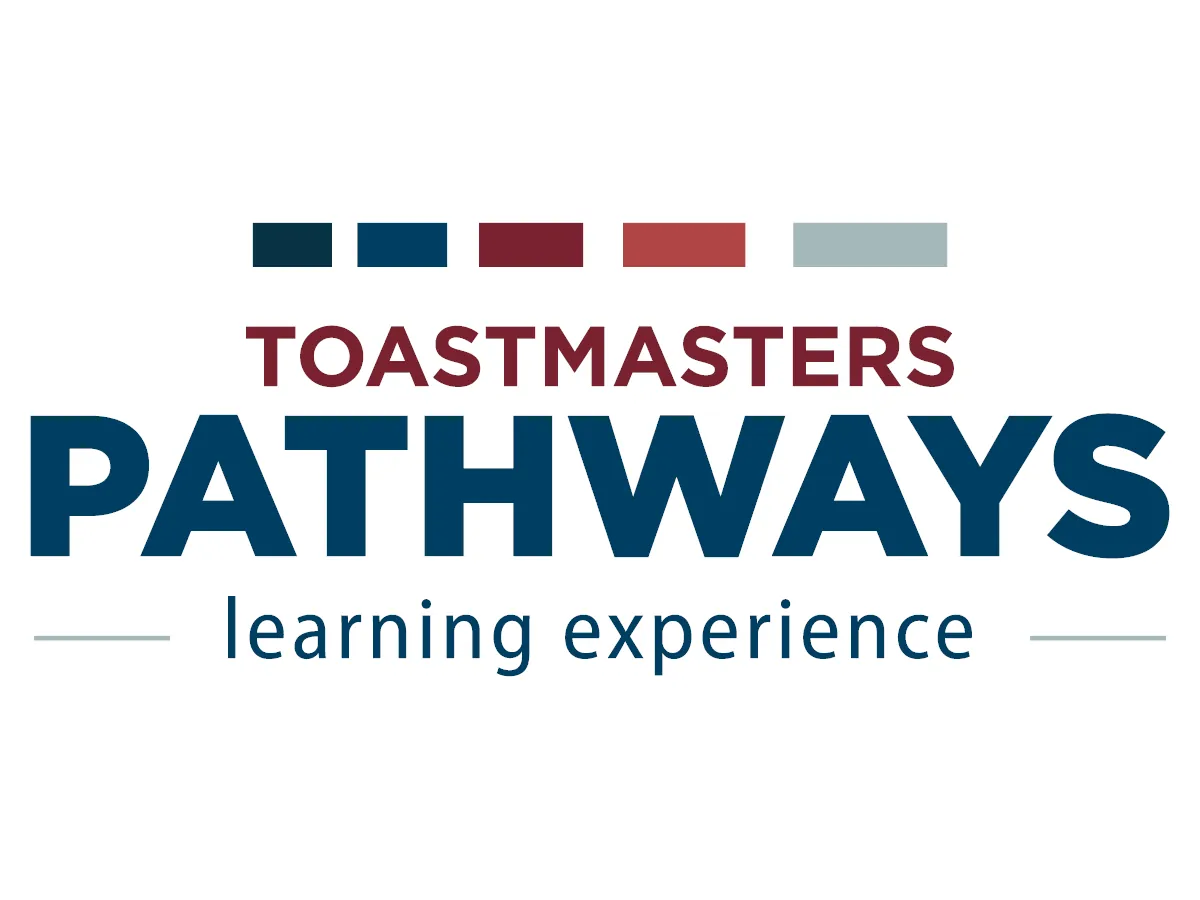Feeling stuck when you write papers. I know how it feels. When I was in school I disliked writing speeches. It felt like I stared at my paper for an eternity to write something down on my paper. As deadlines drew closer, I had no choice but to write sentences down. As years passed I found the best way to start wasn’t to write paragraphs down. It was to make a bulleted list of ideas and to make an outline.
Why Outline?
Outlining lays out all your points on your topic. By writing your points out for a speech that is 10 minutes or under, you’ll find you often have more than enough points for your timespan. Instead of struggling to find content to fill in the time, remove points so you don’t go over time.
Brainstorming points
For your outline, the first thing you need to do is list all your points for your topic. Don’t worry about the introduction and conclusion. It’ll be easy to write as the final step. In my speech for cooking Burgers, I created the following list:
- Meat Selection
- Meat Preparation
- Cooking Times
- Best Cheese
- Bun Selection
- Smashburgers vs traditional
- Burger Toppings
- Gas vs Charcoal
- Burger Sides
That’s a lot of points! 9 to be exact. Each point can take 1-3 minutes easily depending on how much depth I write to each point.
Find your story
Now that we have so many points its time to weave a story from them. Some stories I can write are:
- Focusing on Smashburgers vs Traditional Burgers
- How to cook a burger
- Why Smashburgers are better
- How to cook an amazing Smashburger
- How to cook the perfect burger
- Better Ingredients, Better Burgers
- Different topping combinations create new burger experiences
- The best cheeses for burgers
See all the directions I can take my speech. Some are slight alterations of each other. Some stories only focus on one point. By choosing your story you will need to remove and add more points.
For this speech a PowerPoint presentation will be needed, I will aim for a 6-8 minute presentation, and I will choose the story: How to cook an Amazing Smashburger.
Write an outline for the story
Now that we know what direction we want our story to be we can modify the outline for our new direction.
- Why Smashburgers are better
- Ingredient choices
- Cheese Selection
- Meat Selection
- Cooking the burger
That looks good but seeing how we have 6-8 minutes for this presentation, let’s move “cheese” to under ingredient selection. We can also start adding subpoints to each point.
- Why Smashburgers are better
- Easier
- Better taste with Maillard Effect
- Meat Selection
- 80/20 Meat
- .25 – .3 oz optimal patty size
- Additional Ingredients
- Brioche Bun
- American Cheese
- Your choice of additional toppings
- Cooking the burger
- Smash and Season
- flip after 90 seconds, add cheese
- wait 30 seconds and remove
And just like that, we have a body outline for our speech. At this point, the superpower of an outline is shown. You can easily rearrange, add or remove points. It may possibly need some subpoints shortened or removed, but I think the outline looks doable for a 6-8 minute speech.
Your next steps
Now that we have our outline for the body, the paragraphs will be practically writing themselves. You’ll know what to talk about and what direction you’re heading. When the body is done it’ll be easy to write an introductory and conclusion as well.
Outline you’re content first and stalling will be a thing of the past. Watch as your ideas pour onto your paper.








